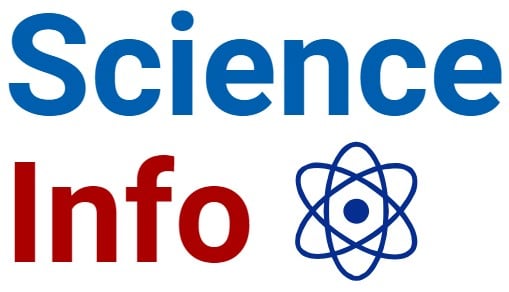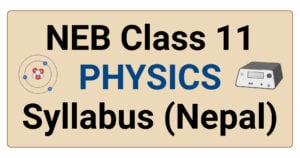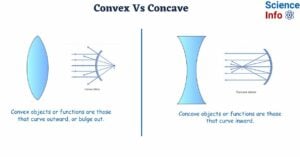Atoms, Nuclei, and Radiation: Complete Physics Guide
What is Atomic Structure? The basis for grasping the distinguishing features of matter is the framework of an atom. Protons, neutrons, and electrons are the three foremost subatomic units that … Read more









